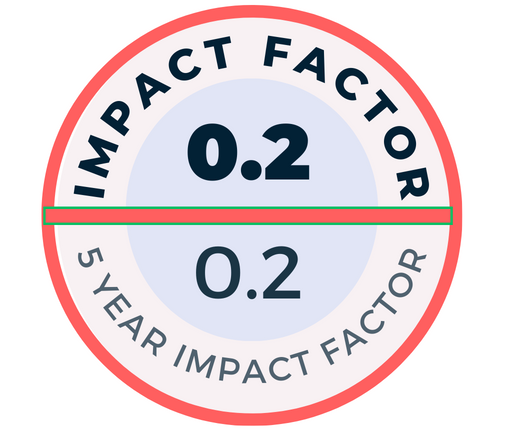Glomerular filtration rate (GFR) is considered as the best marker of renal function. Although serum creatinine concentration is mostly used as an indirect marker of GFR, practically it's not the most accurate method. Cystatin C, a cysteine proteinase inhibitor has been proposed as an indicator of GFR since 1985. The aim of this study was to compare the clinical value of serum cystatin C and creatinine in spina bifida patients whose muscle mass and related creatinine production is low. Serum creatinine, cystatin C levels were determined and diethylenetriaminepentaasetic acid (DTPA) clearance tests were performed in 43 spina bifida patients. Serum creatinine and cystatin G levels were compared by using DTPA clearance as the gold standard method. Patients were divided into 3 groups according to DTPA clearance; Group I patients with GFR 30-49 ml/ min/1.73 m 2 (n: 5), Group IIpatients with GFR 50-79 ml/ min/1.73 m 2 (n: 12), Group III patients with GFR 3 80 ml/ min/1.73 m 2 (n: 26). Children with GFR lower than 80 ml/ min/1.73 m 2 were accepted as chronic renal failure patients. The mean age of the study population was 40 ± 20.8 months (1 - 9 years). In 17 chronic renal failure patients by DTPA clearance, only two of them had serum creatinine greater than 1 mg/dl (11 %). Serum cystatin C levels of these patients were high in 8 patients (47 %). The upper limit of GFR that correspond to 80 ml/min/1.73 m2 in our study was 0.4 mg/dl for creatinine and 1.1 mg/L for cystatin C. A highly significant correlation (r=0.84) was found between serum creatinine and cystatin C. The difference between the correlation coefficients of cystatin C-DTPA (r=-0.50, p<0.001) and creatinine-DTPA (r=-0.52, p<0.0001) was not statistically significant. To compare the diagnostic values Receiver Operating Characteristic (ROC) analysis was performed and the areas under the curves (AUC) were found similiar. In this study it is concluded that cystatin C can also be used as an indicator of GFR safely in clinical practice especially in those patients with reduced muscle mass.

.png)




.png)